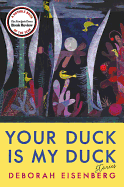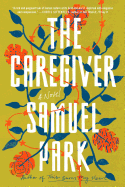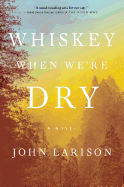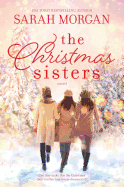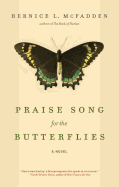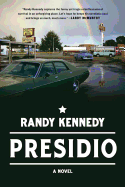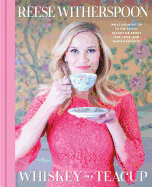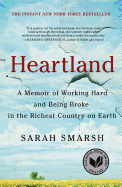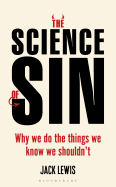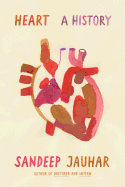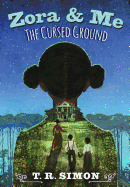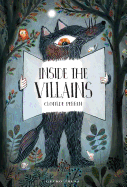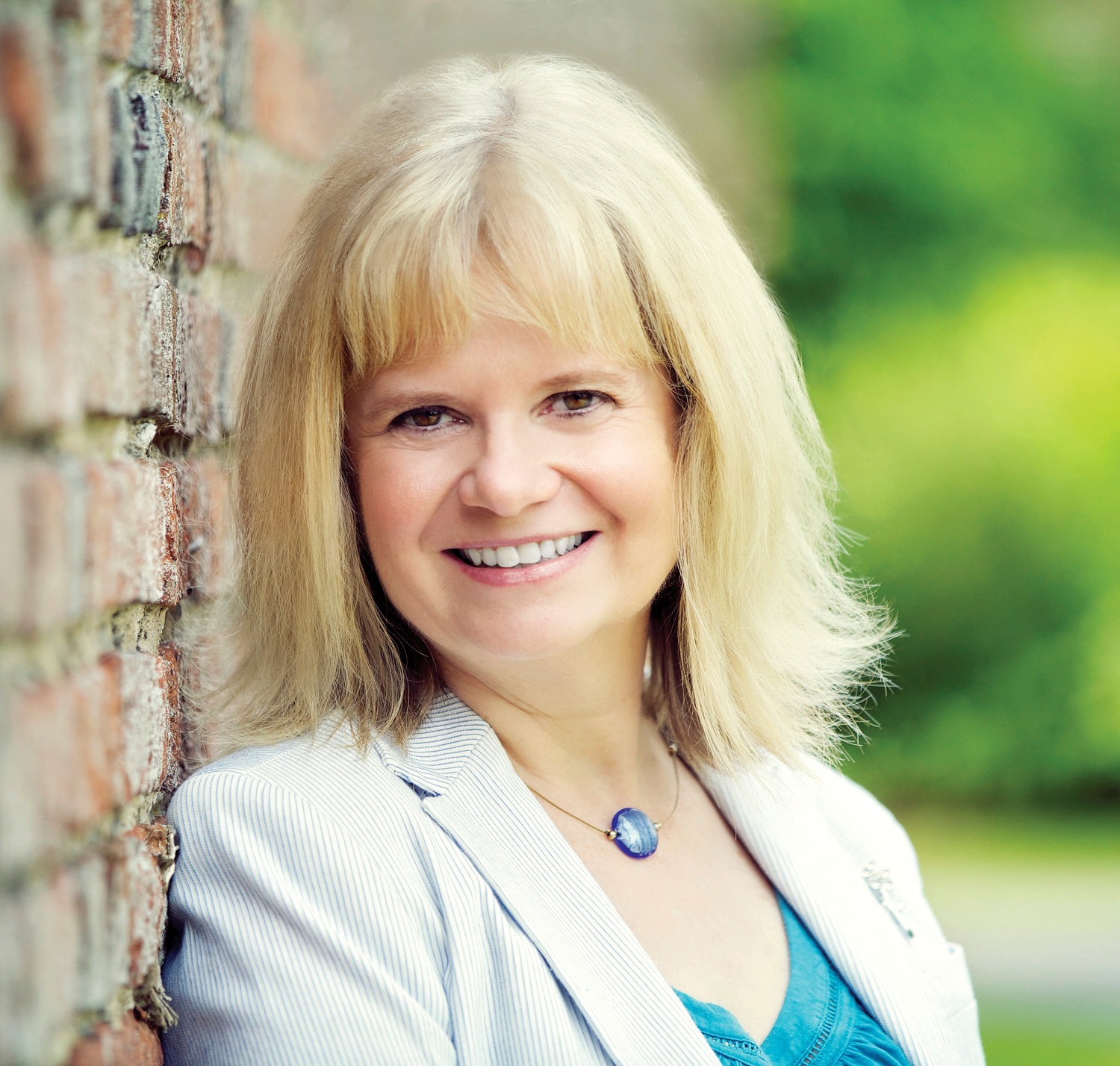 |
| photo: Rosanna Hancock Photography |
Three-time RITA Award-winning author Sarah Morgan writes contemporary romance filled with laughter, love and a realness that resonates with readers. Her novel The Christmas Sisters
(reviewed below) finds Suzanne McBride dreaming of the perfect family Christmas in the snowy Scottish Highlands. But her three adopted daughters have other plans. Morgan lives in London with her family.
The descriptions of the Scottish Highland village, the McBride home and the surrounding mountains are vivid and quite wonderful. Did you base this setting on an actual place in Scotland?
I love Scotland. I spent my honeymoon there, so it's a very special place for me. It's the perfect setting for a winter-themed book, but although many of the Scottish elements are based on reality, the village in the book is the product of my imagination. I like to be able to create a place that fits my story perfectly and that hopefully readers will fall in love with. I have more flexibility to do that if I don’t use a real place.
The descriptions of the thrills and dangers of mountain climbing are intriguing. Why did you, a British author, choose Mount Rainier in Washington State for the location of the story's pivotal tragic accident?
I have no personal connection with Mount Rainier, but I have always loved mountains and I'm a keen hiker--I'm as likely to be reading a climbing book as I am fiction. While researching and plotting The Christmas Sisters, I had to build a background for Suzanne and her friends, who were climbers and mountain guides. Where would they have climbed? What type of climbing would have interested them? I needed a mountain that could produce the type of conditions that contributed to the accident, and Rainier provided that. I couldn't pick a mountain further afield, for example in the Himalayas, because that pivotal scene needed to be a short trip that friends could do without leaving their children for more than a couple of days.
The details of mountain climbing felt very realistic. Did you research the action scenes through personal experience?
It was mostly research, but my knowledge is sufficient that the research was easier than some I've done for other titles. Back in the early stages of my career, I wrote a number of medical romances with a mountain rescue theme. The research that I did for those books definitely helped with this story.
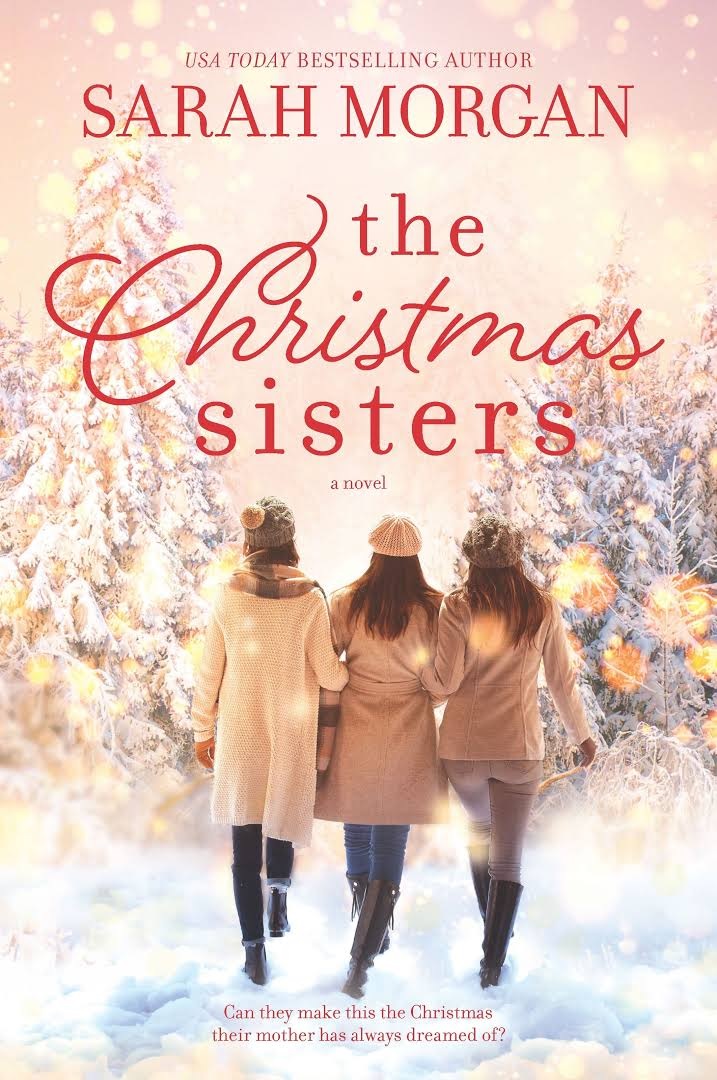 In the book, a family born of circumstance struggles with finding ways to retain and strengthen their bonds. What drew you to this theme of family created by adoption versus family of blood ties?
In the book, a family born of circumstance struggles with finding ways to retain and strengthen their bonds. What drew you to this theme of family created by adoption versus family of blood ties?
The idea came from a feature I read about a woman who had adopted her friend's children. Writers always ask themselves the "what if" question, and it started me thinking about the unique pressures that would come with raising the children of a friend.
Suzanne is desperate to have a magical family Christmas, but her reasons for wanting and needing that are deeper than they are for most people.
Suzanne is the glue that's held the family together since the accident that killed her daughters' parents. She's determined to keep them intrinsically tied, and that isn't always easy as all three women have different issues. The pressure to be a happy family intensifies at Christmas and, for Suzanne, the burden is even greater because she feels such a responsibility toward the sisters. If they're not happy, has she failed?
Suzanne McBride's love for her hobbies--knitting, baking, decorating for Christmas--is infectious. Did you base any of her interests on a real person? What aspects of Suzanne's character do you feel her hobbies demonstrate?
My mother is a fabulous cook and for years made her own clothes. When I'm writing in the depths of winter, I still snuggle down in a gorgeous wool sweater she knitted. The obsession with decorating comes more from me! Nothing says festive to me like a real tree and lots of fairy lights. I confess I'm a fairy light addict. Suzanne's hobbies reflect her love of home and family. Her marriage and her three adopted daughters are the most important things in her life, and she does everything she can to make their Christmas gathering as perfect as possible.
You've published a long list of romance titles. Can you tell us a bit about why you decided to include more women's fiction aspects in your novels, including The Christmas Sisters?
Female friendship is something that has interested me for a long time, and even within my romances I always have a strong theme of friendship. I enjoy exploring love in its broadest sense. Few of us experience romance in isolation--our lives are a web of different relationships and I love the complexity that comes with including friends and family members within a story. --
Lois Dyer, reviewer and writer
Sarah Morgan: Asking 'What If'
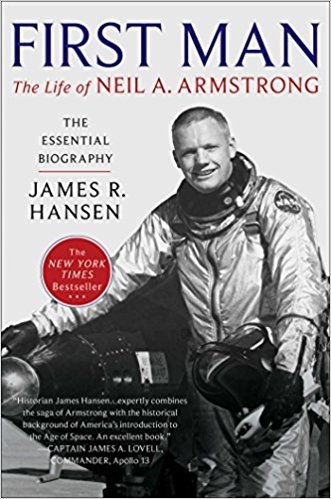 The biography First Man: The Life of Neil A. Armstrong (Simon & Schuster, paperback, $18) by James R. Hansen is the basis for the movie First Man. Ryan Gosling plays Armstrong, and Claire Foy, known for her role as Queen Elizabeth II in The Crown, plays his wife in this insider's view into the early space program, due in theaters October 12.
The biography First Man: The Life of Neil A. Armstrong (Simon & Schuster, paperback, $18) by James R. Hansen is the basis for the movie First Man. Ryan Gosling plays Armstrong, and Claire Foy, known for her role as Queen Elizabeth II in The Crown, plays his wife in this insider's view into the early space program, due in theaters October 12.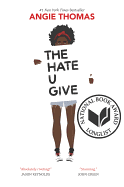 Angie Thomas's powerful YA novel, The Hate U Give (Balzer + Bray, $17.99), focuses on Starr, a girl caught between two worlds--her poor urban neighborhood and the wealthy, mostly white private school she attends on a scholarship. Starr's life shatters when police shoot her childhood friend, Khalil, in front of her. Young actress Amandla Stenberg (who played Rue in The Hunger Games) stars in the movie adaptation, due out October 19.
Angie Thomas's powerful YA novel, The Hate U Give (Balzer + Bray, $17.99), focuses on Starr, a girl caught between two worlds--her poor urban neighborhood and the wealthy, mostly white private school she attends on a scholarship. Starr's life shatters when police shoot her childhood friend, Khalil, in front of her. Young actress Amandla Stenberg (who played Rue in The Hunger Games) stars in the movie adaptation, due out October 19.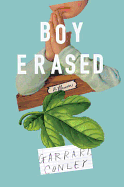 Garrard Conley's candid and heartrending memoir, Boy Erased (Riverhead, $27), tells his story of growing up gay in a religious household. Sent to a conversion program his freshman year of college, Conley must come to terms with his true self. His stirring journey hits the big screen November 2, starring Nicole Kidman as his mother, Russell Crowe as his father and accomplished young actor Lucas Hedges as Conley.
Garrard Conley's candid and heartrending memoir, Boy Erased (Riverhead, $27), tells his story of growing up gay in a religious household. Sent to a conversion program his freshman year of college, Conley must come to terms with his true self. His stirring journey hits the big screen November 2, starring Nicole Kidman as his mother, Russell Crowe as his father and accomplished young actor Lucas Hedges as Conley.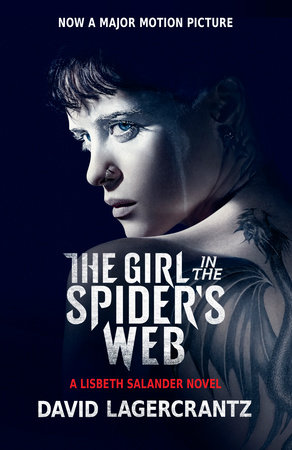 Stieg Larsson made a global splash with his political techno-thriller The Girl with the Dragon Tattoo and its sequels, and fans around the world mourned his death. Thankfully, author David Lagercrantz took over the reins to continue the series with The Girl in the Spider's Web (Vintage Crime, paperback, $9.99), another fast-paced thriller. Its movie adaption hits theaters on November 9, starring Claire Foy (she's been busy!) as kick-ass hacker Lisbeth. --Suzan L. Jackson, freelance writer and blogger at Book by Book
Stieg Larsson made a global splash with his political techno-thriller The Girl with the Dragon Tattoo and its sequels, and fans around the world mourned his death. Thankfully, author David Lagercrantz took over the reins to continue the series with The Girl in the Spider's Web (Vintage Crime, paperback, $9.99), another fast-paced thriller. Its movie adaption hits theaters on November 9, starring Claire Foy (she's been busy!) as kick-ass hacker Lisbeth. --Suzan L. Jackson, freelance writer and blogger at Book by Book



 In the book, a family born of circumstance struggles with finding ways to retain and strengthen their bonds. What drew you to this theme of family created by adoption versus family of blood ties?
In the book, a family born of circumstance struggles with finding ways to retain and strengthen their bonds. What drew you to this theme of family created by adoption versus family of blood ties?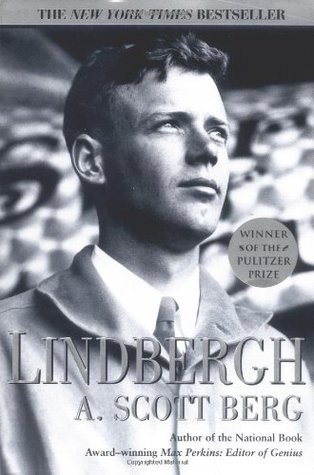 This month marks the 20th anniversary of A. Scott Berg's Lindbergh; this definitive account of Charles Lindbergh's life, career and controversial activism won the Pulitzer Prize in 1998. Berg was the first biographer to gain access to the famous aviator's archives and he includes interviews with Lindbergh's widow and children. Among literally millions of papers in the archives, Berg discovered previous biographies written during Lindbergh's life that were annotated for accuracy by the man himself. With so much new source material available, it took Berg four years to research his book and another four years to write it.
This month marks the 20th anniversary of A. Scott Berg's Lindbergh; this definitive account of Charles Lindbergh's life, career and controversial activism won the Pulitzer Prize in 1998. Berg was the first biographer to gain access to the famous aviator's archives and he includes interviews with Lindbergh's widow and children. Among literally millions of papers in the archives, Berg discovered previous biographies written during Lindbergh's life that were annotated for accuracy by the man himself. With so much new source material available, it took Berg four years to research his book and another four years to write it.